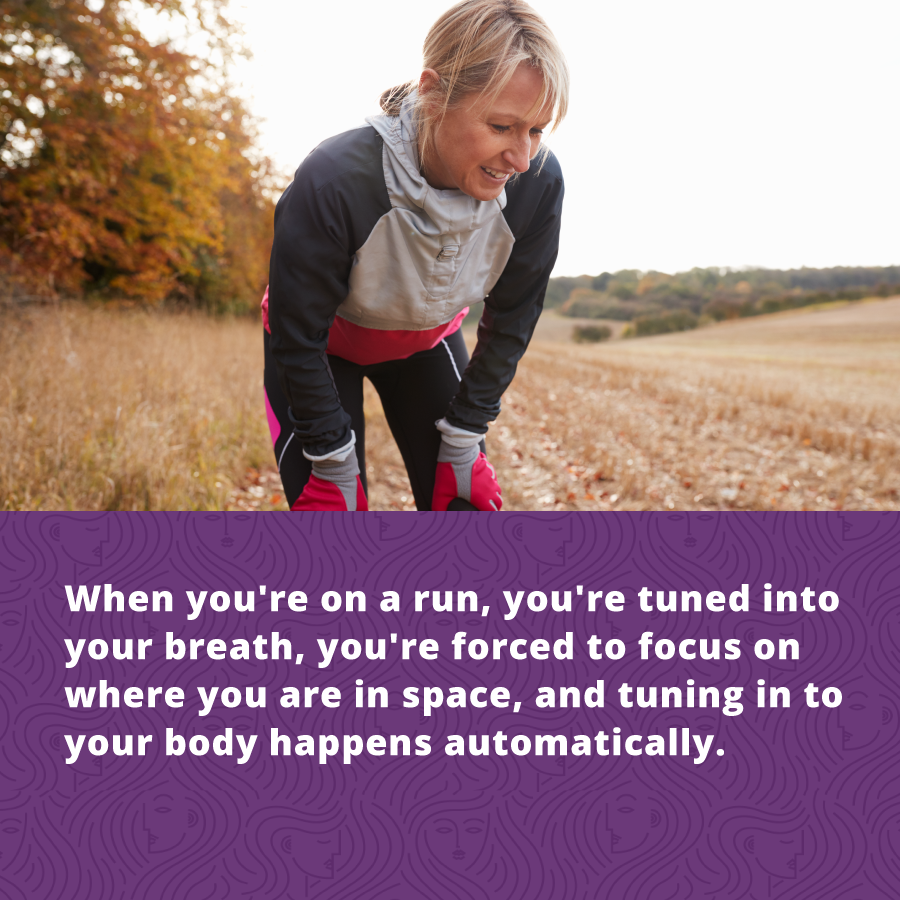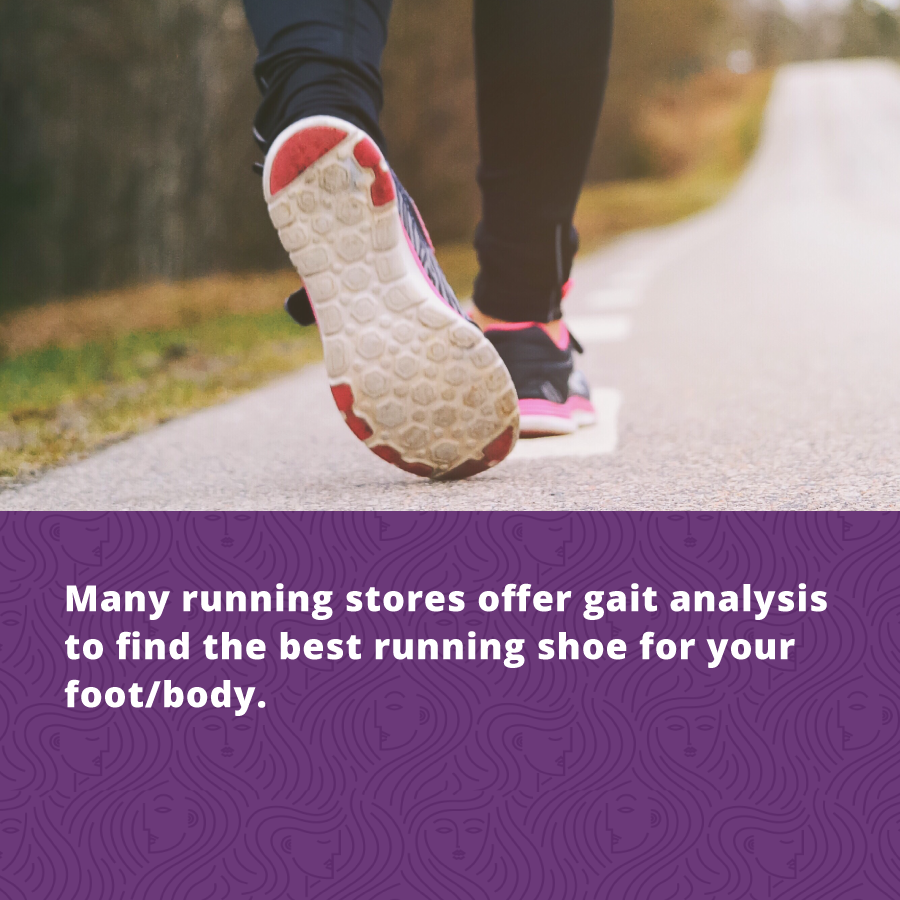The Surprising Truth Behind Bone Density and Running
It’s a well-established fact that when it comes to fitness, running can be beneficial to your brain, and can rival meditation in its effects on mood, mental clarity, and focus. But what are the benefits of running when it comes to building and preserving skeletal muscle mass and bone density as we age?

When it Comes to Women’s Fitness, Running Benefits the Entire Body
We’ve all heard of the ‘runner’s high’. Running stimulates endorphin production, which is why we return from even a short jog feeling better than we do when we set out. It’s a natural mood boost and offers an accessible way to connect with nature, with your body, and ultimately with yourself. For women’s fitness, the mental benefits of running are said to be comparable to the benefits of meditation, and no wonder — when you’re on a run, you’re tuned into your breath, you’re forced to focus on where you are in space, and tuning in to your body happens automatically.
But the positive effects of running aren’t limited to your mental state. It’s great for your physical body, too. The cardiovascular benefits of regular exercise are obvious: It improves circulation by helping your heart pump more blood to the rest of your body more efficiently, which results in lower blood pressure. If you’re concerned about your weight, running is an excellent option as a little goes a long way in terms of burning calories. Skin, liver, eyes, pancreas, spleen, bones, breasts, heart, and lungs — running helps keep all of these organs healthy in different ways. Your skin benefits from better circulation, as does your heart. Your eye pressure decreases and reduces your chances of developing eye conditions like glaucoma. Because running helps maintain a healthy weight, there is less risk of fatty liver disease, diabetes, and other health issues related to obesity.
Running gets a bad rap occasionally because of the risk of injury and the inherent impact it has on the body. However, running can strengthen your bones and increase bone mass — as long as you do it correctly. Proper form, frequency, footwear, and terrain make all the difference when it comes to making a running routine work for you.
Bone Density Loss in Women
Eighty percent of Americans with osteoporosis are women. Why? Because women’s bones are naturally thinner than men’s, and because menopause causes a significant dip in estrogen production. Estrogen is key to maintaining a healthy bone structure because it allows for the growth of bone-producing cells called osteoblasts. When we lose estrogen, we produce fewer osteoblasts, and our bone strength and structure suffer.
The good news is twofold: Firstly, running helps build bone mass. According to a Washington Post article on women’s fitness and running, “Why Running is So Beneficial for Older Women”: “Bones build structure in response to the stresses applied to them, and for the weight-bearing bones, such as those in our legs and hips, you need to apply stresses while upright, working against gravity, in a weight-bearing fashion.” It might seem counterintuitive because of everything we know about menopause and female bone density loss, but a usual running routine coupled with light weight training is an excellent way for women to stay fit.
Second, we can use preventive measures to protect our bones as we age. Regular, moderate exercise (particularly weight-bearing exercise) and getting plenty of calcium and vitamin D are vital factors in preserving bone mass and preventing osteoporosis or stress fractures. Remember: you can get calcium from more than just a glass of milk. Dark, leafy greens such as kale or spinach are full of calcium. If there’s a lack of sunshine where you live, you can get your vitamin D from fatty fish or eggs (don’t forget the yolks— that’s where the vitamins are).

Making Your Run Work for You
Training for marathons might feel tempting, particularly those who are more goal-oriented, but for women who run, it’s better to reduce mileage, particularly as we get older. Prolonged periods of high-impact can increase our risk of injury. Proper technique and footwear are essential for women’s fitness as well. Many running stores offer gait analysis to find the best running shoe for your foot/body. In terms of form, we all run differently. However, maintaining proper running form can make a world of difference when it comes to preventing injury. Keep your gaze straight ahead of you, your shoulders open, and try to lead with the ball of your foot, rather than your heel.
When possible, run on trails as opposed to concrete. Always make sure to warm up and stretch pre- and post-run. Most importantly, always listen to your body. If something hurts, take a rest. Balance out your cardio workouts with weight training— this will strengthen the skeletal muscles that support your bones, decreasing your risk of injury, and building bone mass.
While it’s wonderful to be able to run outside, remember to take appropriate safety precautions. If you run with earbuds or headphones, make sure to stay alert. When possible, run with a buddy, stay in safe neighborhoods, and avoid running alone after dark.
If you can run smart, you can run without injury— and even improve your bone density in the process!

